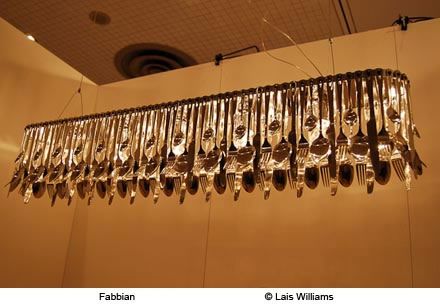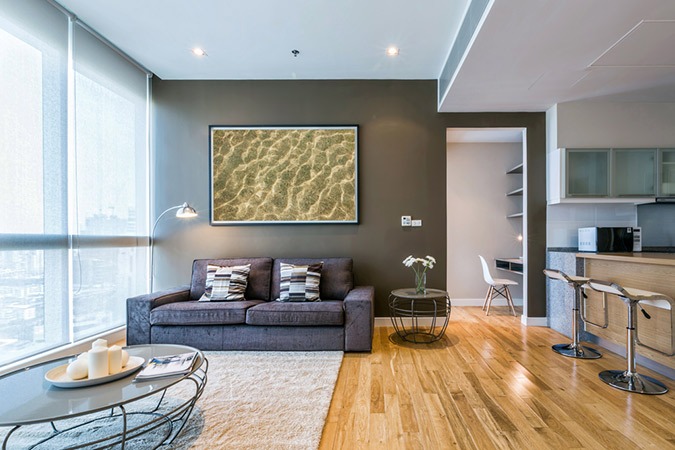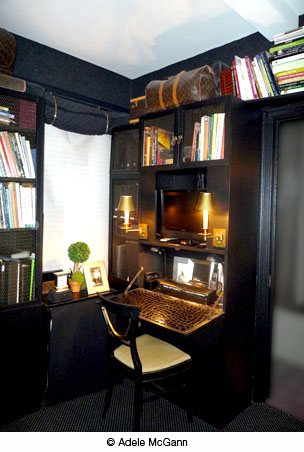Man has always been attracted to fire — both for warmth and for illumination. Since the invention of light bulbs, light fixtures have largely replaced fire as a source of illumination. Still, light fixtures for many years were regarded as just a functional objects — they provided light and that was that. Nobody thought of them as design objects; rather, they were seen as of no more interest than appliances.
Louis C. Tiffany was the first to break through and create beautiful housing for lights at the turn of the twentieth century. His stained glass techniques and thematic nature designs raised lighting to an art form for the first time. Glass design motifs included wisteria, peonies, dragonflies, and peacocks. His firm, Tiffany Studios, produced a large selection of light fixtures that would eventually grace many homes.
With the advent of the miniaturization of light bulbs and the introduction of new materials, lighting has entered an exciting new phase of design. Materials such as resin, bent wood and woven polypropylene offer innovative ways to house a light fixture. Even the old-fashioned hand-blown glass is being reinterpreted to create new forms for lights. Master glass-blower and designer, Dale Chihuly, has created fantastical organic shapes for chandeliers that are recognized world-wide.

Global Lighting is one of the companies to take advantage of bent wood veneers and use them as housing for lights. They introduced the Link, made of thin veneers that allow it to be curved into various ribbon forms. The waves of the veneers reveal light through its gaps. The Link can be hung as a pendant or used as a floor lamp.

3form from Utah also designs sculptural light fixtures. Their LightArt is shaped into organic forms, but instead of wood, they use translucent resin panels. The resin allows light to seep through the material in a diffused manner and gently illuminate the space.

Jeffrey Goodman of JGoodDesign created glass-blown pieces of very diverse designs. One hanging chandelier, Mellifluous, resembles floating clouds. Ribbon is a 60s-inspired mobile made from recycled wine bottles. Another, Carillon, harkens to hand bell-ringers. The light fixtures use small halogen or LED lamps. These small lamps offer such flexibility that they almost disappear, leaving the viewer to enjoy the artistry of the light fixture itself.


Not all light fixtures have to be made of glass. At Aqua Creations, their sinuous, tactile light fixtures are made of silk. The translucent fabric reveals a soft, diffused light and can be made in a rainbow of colors. Hailing from Israel, Aqua Creations draw their inspiration from underwater sea life. The lights twist and sway, they look ready to float away.


The designers at Fabbian take their tongue-in-cheek inspiration from everyday household objects. Their Hungry chandelier sparkles from the individual spoons and forks hanging off its base. Ordinary flatware is upgraded to jewelry- status! Another Fabbian chandelier is built out of multi-colored upside down wine goblets. Now that’s an imaginative recycling solution to for those old drinking glasses.


With a wide selection of materials and flexible light bulbs out there, you can expect to see even more innovative creations enter the design scene. When you next see a sculptured object, it might not be an art piece, it could be a new light fixture.







